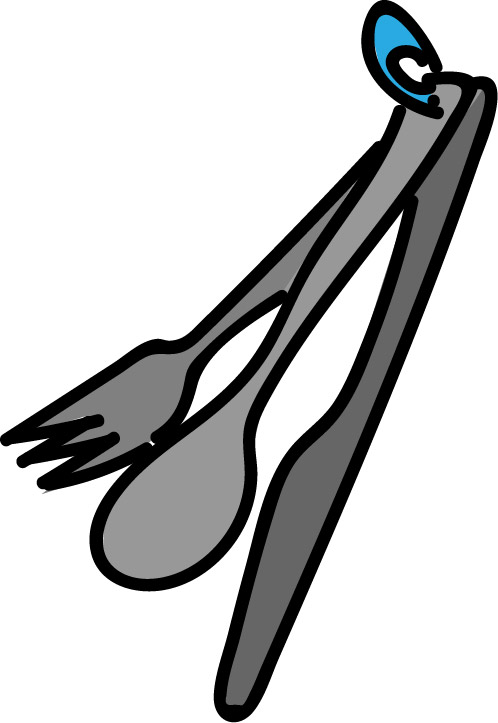What to Eat Before, During, and After the Trail

The food you bring on a hike does more than just keep hunger away — it fuels your energy, helps prevent fatigue, and supports recovery. Whether you’re heading out for a short loop or a long day in the mountains, planning your trail food is just as important as choosing the right gear.
This page covers what types of food work best for hiking, how much to bring, and how to pack it efficiently.
How Much Food Should You Bring?
A good rule of thumb is to pack around 200–300 calories per hour of hiking. For longer or more intense hikes, you may need more.
Consider:
- Trip length and intensity
- Your personal energy needs
- Weather (cold temps increase calorie demands)
- Emergency backup (always bring a little extra)
Best Types of Food for Hiking
Trail Snacks (Quick Energy)
These are easy to eat while walking and don’t require preparation.
- Trail mix (nuts, dried fruit, chocolate, seeds)
- Energy bars or granola bars
- Jerky (beef, turkey, vegan options)
- Peanut butter or nut butter packets
- Dried fruit or fruit leather
- Crackers or pretzels
Lunch or Heavier Meals
Great for longer hikes or rest stops.
- Tortillas with tuna, chicken, or hummus packets
- Cold pasta salad or rice bowls (in a sealed container)
- Hard cheese and cured meat
- Instant noodles or soup (with a stove or hot water source)
Hydration and Electrolytes
Don’t forget to drink regularly and replace lost salts.
- Water
- Electrolyte tablets or drink mix
- Coconut water or sports drinks (if packed carefully)
Emergency Rations
Keep one extra snack or energy bar just in case.
Packing and Storing Your Food
- Use resealable bags or small containers to keep food organized and portioned
- Pack soft or crushable foods in the center of your pack
- Store smelly food away from gear and trash to avoid attracting animals
- Keep high-use items like snacks in your hip belt or outer pockets
Tips for Choosing Trail Food
- Shelf-stable: Avoid anything that needs refrigeration
- Lightweight: Choose dense calories that don’t take up much space
- Low mess: Stick to easy-open, easy-clean foods
- High energy: Include a mix of carbs, protein, and healthy fats
- Test first: Don’t bring anything new on a long hike without trying it beforehand
Related Gear for Food and Fuel
Having the right accessories helps you carry, prepare, and enjoy your trail food.
- Backpacks and food storage pockets ›
- Hydration systems and water filters ›
- Knives and food prep tools ›
- Compact stoves and fire-starting tools ›
- Food-safe containers, utensils, and clean-up gear ›
Eat Well, Hike Strong
Good trail food keeps your energy up and your mood positive. A little planning goes a long way — and the better your food setup, the more enjoyable your hike will be.